How to Fix ERR_CONNECTION_RESET Error?
ERR_CONNECTION_RESET is an error that typically occurs when the site you are attempting to visit is unable to establish a connection with the destination site. Your other sites may work, but certain sites will not. As there are several potential causes for the error, you will need to identify the root cause.
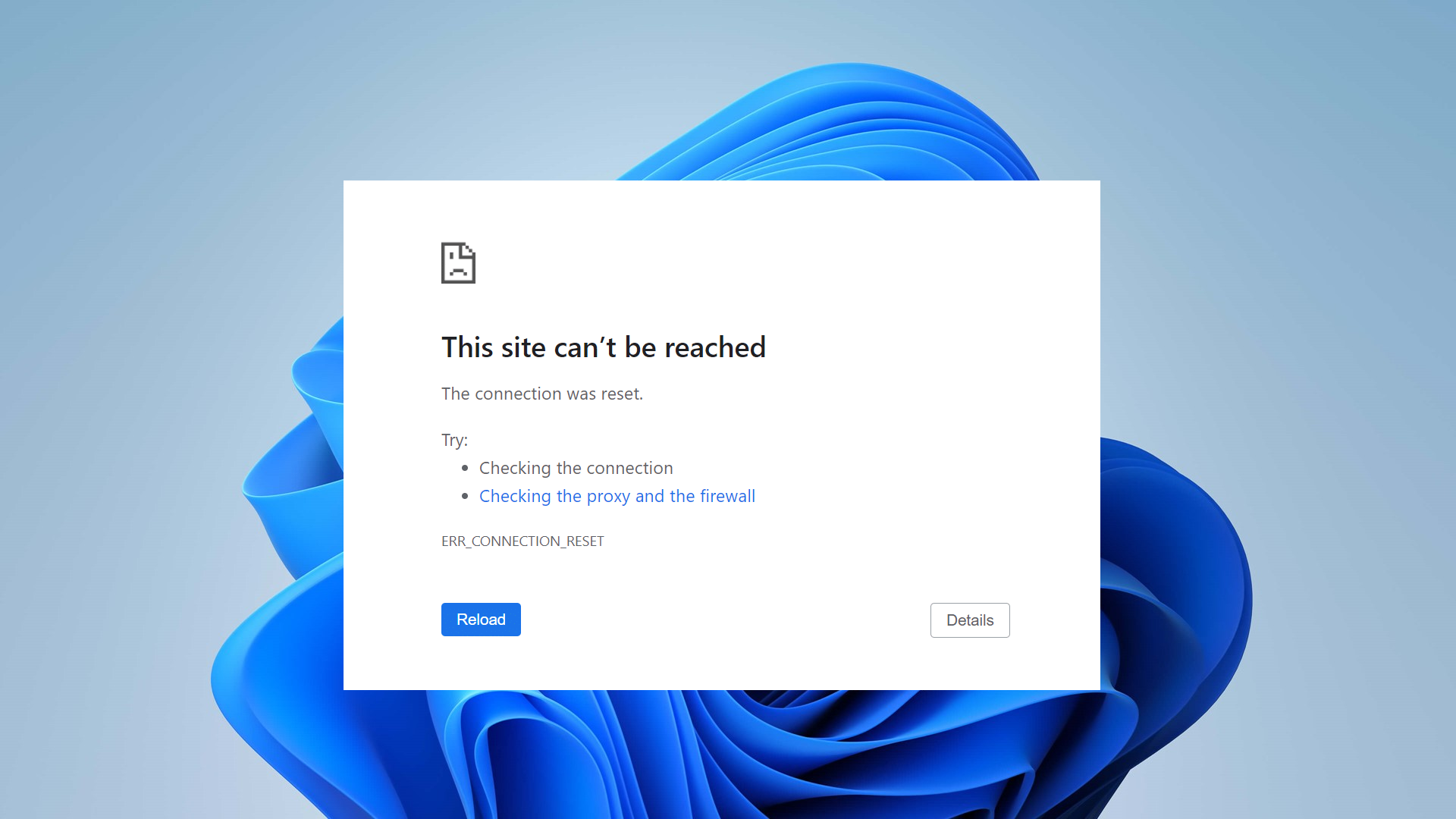
This issue most often occurs when a program incorrectly modifies your registry settings. Additionally, this problem can be caused as a false positive by your antivirus software or firewall software. To resolve this issue, it’s necessary to correctly configure our network settings. This task can be challenging for non-tech-savvy users, but we have simplified each method as much as possible, including creating commands for some methods to minimize user effort.
Following are the potential causes of the ERR_CONNECTION_RESET error in Google Chrome. We provide several solutions to fix the problem. However, before trying any fix, we highly recommend stopping once you find a method that works, as it can affect other programs and compromise your system’s stability.
- Network Issue — Incorrect network settings can cause this issue. Resetting your network settings may resolve the problem.
- AV Conflict — Your antivirus engine could be blocking the website you’re trying to access. Temporarily disabling it may resolve the issue.
- Firewall Issue — Third-party firewalls, such as Avast’s firewall, often block ports and addresses deemed untrustworthy. Temporarily disabling it may fix the issue.
1. Changing Your DNS Server
Basically, DNS acts like a phonebook for the internet, translating website names into IP addresses. If your default DNS server is having issues, using a different one like Google’s or Cloudflare’s can provide a more reliable connection path, potentially bypassing the connectivity problems that are causing the error. This simple tweak could be the key to smoother browsing.
- Press and hold the Windows Key, then press I to open the Windows Settings app.
- Navigate to Network & Internet within Windows Settings.
- Click on the option named Change Adaptor Settings.

- Right-click on your Network Adapter and select Properties.
- Double-click on Internet Protocol Version 4 (TCP/IPv4).
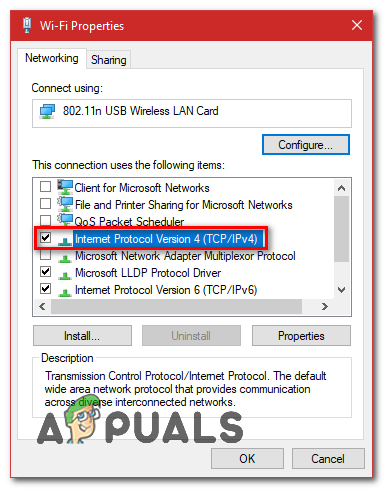
- Select the option Use the following DNS server addresses.
- Enter “8.8.8.8” in the preferred DNS server field and “8.8.4.4” in the alternate DNS server field.
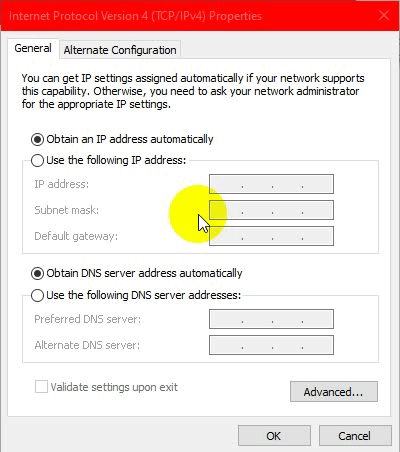
Changing the DNS Server - Press the Windows Key and Press X, then choose Command Prompt (Admin) or PowerShell (Admin).
- Type the following command to refresh the DNS servers:
ipconfig /flushdns
2. Resetting LAN Proxy Settings
When LAN proxy settings are misconfigured, they may interfere with your computer from reaching certain websites as the traffic could be improperly routed through a non-existent or problematic proxy server. By reverting to default, or no proxy settings, your internet connection makes a direct attempt to communicate with the desired site, clearing the pathway and possibly eliminating the error in the process.
- Press and hold the Windows key, then press the R key to open the Run dialog.
- Type inetcpl.cpl and press Enter to open the Internet Properties.
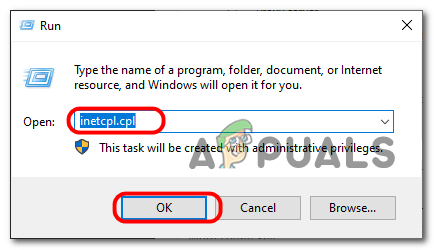
- In the Internet Properties window, go to the Connections tab and click on LAN Settings.
- Make sure all options are unchecked and click OK.
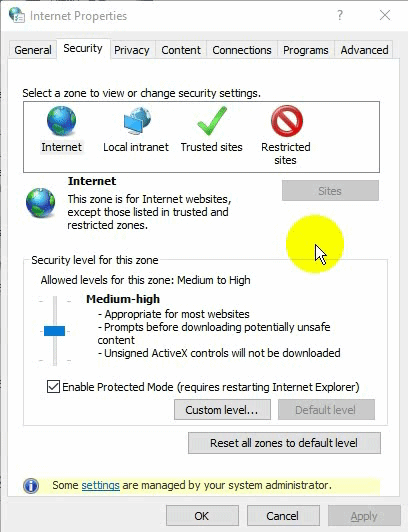
Unchecking Proxy Settings - Restart your computer and check if the issue has been resolved.
3. Resetting Your Network Configuration
By clearing out old configurations that may have been changed by software or become corrupted, this process reinstates all your network-related settings to their default state. This makes sure that any previous errors or misconfigurations no longer interfere with your ability to connect to websites, potentially resolving the error.
- Press the Windows Key and Press X, then choose Command Prompt (Admin) or PowerShell (Admin).
- Type the following commands one by one to reset your network settings.
netsh winsock reset netsh int ip reset ipconfig /release ipconfig /renew netsh interface ipv4 reset netsh interface ipv6 reset ipconfig /flushdns
- Restart your computer and check if the issue has been resolved.
4. Changing Your MTU (Maximum Transmission Unit)
If the MTU value is too high, data packets may be too large to pass efficiently through your router or internet connection, leading to delays or blocked transmission. On the other hand, setting the ideal MTU value makes sure data packets are optimally sized, which can improve your connection stability and reduce the likelihood of encountering the error.
- Determine the correct name of your network by pressing the Windows + R keys, typing ncpa.cpl, and pressing Enter.
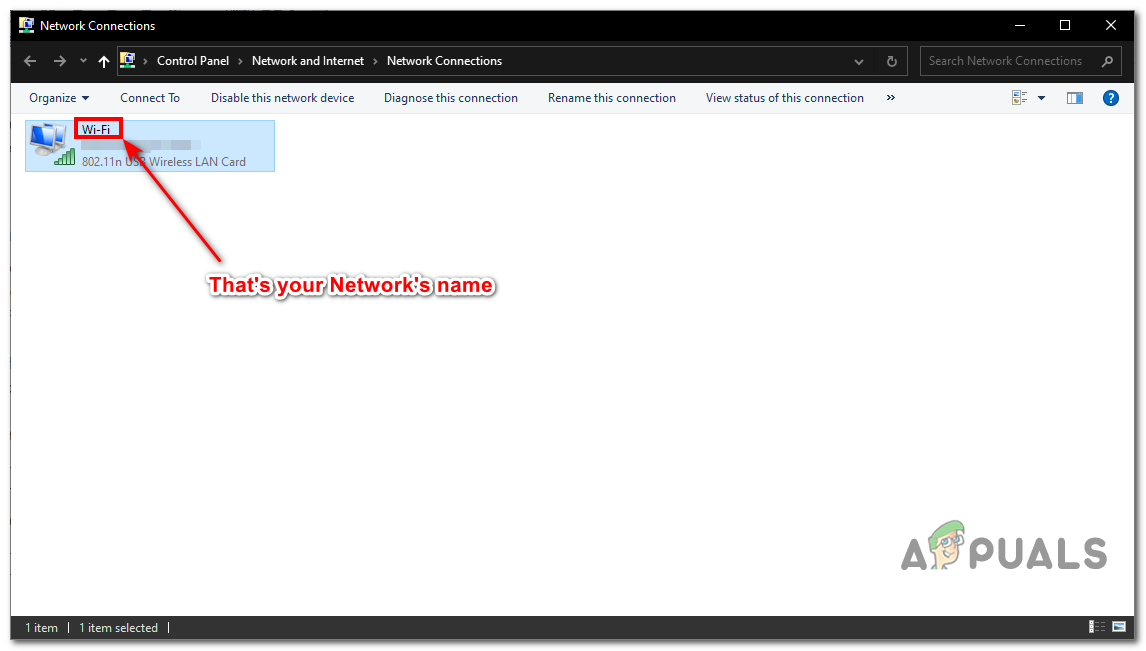
Finding your Network Name - If you are using an Ethernet connection, use the following command (replacing “Local Area Connection” with your network name):
netsh interface ipv4 set subinterface "Local Area Connection" mtu=1472 store=persistent
For a wireless connection, use the following command (replacing “Wireless Network Connection” with your network name):netsh interface ipv4 set subinterface "Wireless Network Connection" mtu=1472 store=persistent
- Restart both your computer and router.
5. Disabling Antivirus Protection and Firewall
As a test, you might consider temporarily disabling your firewall and antivirus, including real-time scanning if supported by your antivirus software. Typically, you can disable protection by right-clicking on the antivirus icon in the system tray near the clock. After turning it off, restart your browser and test the connection. If disabling your antivirus and firewall solves the problem, you should uninstall and then reinstall your antivirus and firewall software.
6. Use a VPN
If none of the above methods and suggestions work for you, it may be necessary to use a VPN. VPNs can help bypass restrictions imposed by your Internet Service Provider or by the website if they have restricted or blocked your access. Therefore, using a VPN can be a first step. If accessing the website is successful with a VPN, your IP address might be blocked.
This can occur if your ISP uses a DHCP server that dynamically assigns your IP to avoid conflicts. To get a new IP address, try restarting your router. If this does not help, contact your ISP and explain the situation; they may change your IP or investigate any issues with your overall connection.

